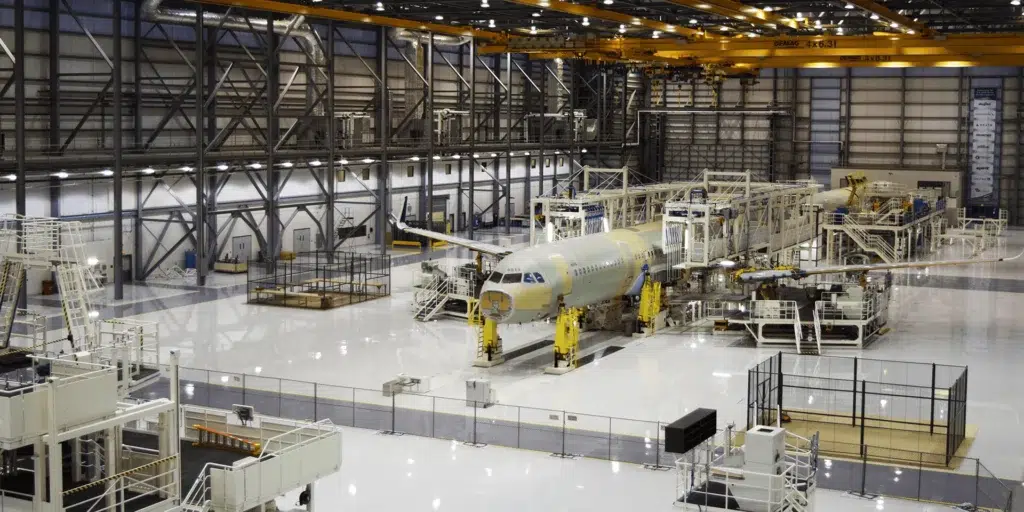HPM is in the business of leading, and though we are rarely surprised when one of our team members becomes a leader in the community, it remains cause for celebration. We are proud to announce that HPM’s George Watts was recently named a member of the Board of Directors of the Construction Management Association of America (CMAA) North Texas Chapter.
“HPM continues to strengthen its position on the national scene regarding construction management with the announcement that the CMAA North Texas Chapter president has appointed George Watts to the Board of Directors,” said James Adams, HPM Vice President, Western Region.
For the next year, George will serve in the capacity of program director, responsible for organizing monthly chapter meetings and networking events such as happy hours when social distancing restrictions are lifted. When the time comes later in the year, George will lead the organization of the annual Project Achievement Awards dinner and annual gala.
Founded in 1982, CMAA is an industry association dedicated to the practice of professional construction management. It represents more than 16,000 members across its 30 regional chapters, including federal, state and local government, private sector owners, construction consultants, technology suppliers, academia and legal organizations.
“George is a Certified Construction Manager in the organization and has been heavily involved with CMAA for several years, with many of his projects winning regional and national awards,” Adams said. “George’s participation as program director is a perfect fit with his organizational skillset. This position also allows the HPM brand to be recognized at the highest level within the CMAA organization. I am confident that George will represent HPM well in his new role and I am proud that he will carry the HPM flag for the CMAA.”













